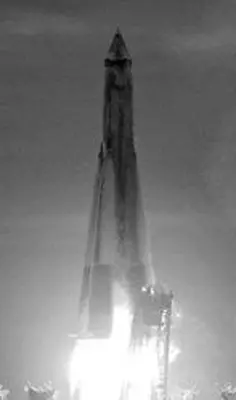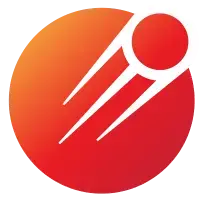Sputnik 2
Launch Success
Liftoff Time (GMT)
02:30:00
Sunday November 3, 1957
Mission Details
Read Article
Launch Notes
First crewed spacecraft (animals) in history, and second orbital flight in history. Laika (a dog) died from overheating prior to completion of experiments. The final flight of Sputnik-PS.
Sputnik 2
Launched by the USSR, Sputnik 2 was a 4-metre-high cone-shaped capsule with a base diameter of 2 metres that weighed around 500 kilograms, though it was not designed to separate from the rocket core that brought it to orbit, bringing the total mass in orbit to 7.79 tonnes. It contained several compartments for radio transmitters, a telemetry system, a programming unit, a regeneration and temperature-control system for the cabin, and scientific instruments. A separate sealed cabin contained the dog Laika. Engineering and biological data were transmitted using the Tral D telemetry system, transmitting data to Earth for a 15-minute period during each orbit. Two photometers were on board for measuring solar radiation (ultraviolet and x-ray emissions) and cosmic rays. A 100 line television camera provided images of Laika. Sputnik 2 was launched into space only 32 days after its predecessor Sputnik 1. Due to the huge success of Sputnik 1, Nikita Khrushchev ordered Sergei Korolev back to work creating a Sputnik 2 that needed to be ready for space for the 40th anniversary of the Bolshevik revolution.
Low Earth Orbit
1 Payload
508 kilograms
Rocket


Manufacturer
OKB-1Rocket
Height: 30.2m
Payload to Orbit
LEO: 510 kg
GTO: 0 kg
Liftoff Thrust
4,457 Kilonewtons
Fairing
Diameter: 2.95m
Height: 4m
Stages
2
Strap-ons
4
Launch Site
Stats
Sputnik 8K71PS
2nd
Mission
2nd
Mission of 1957
OKB-1
2nd
Mission
3rd
Mission of 1957
1957
2nd
Orbital launch attempt